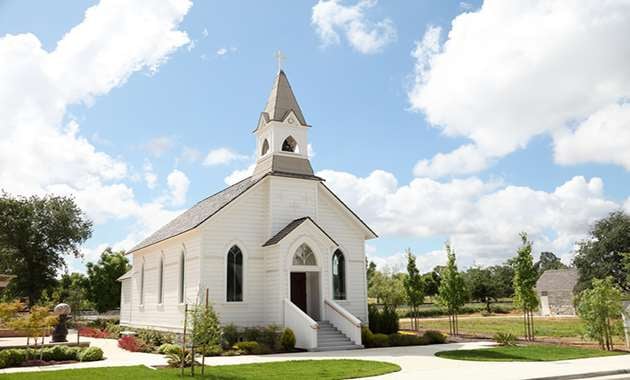Your Cart is Empty
Explore Schlage's Multi-Family Solution—Access Powered by ENGAGE™ Technology—Shop the Collection Today!
Explore Schlage's Multi-Family Solution—Access Powered by ENGAGE™ Technology—Shop the Collection Today!

Only a few decades ago, it was a common practice for churches and other places of worship to leave their doors unlocked practically 24/7. A general understanding seemed to exist that held these locations as sacred, and in most people’s minds, places of worship were viewed as areas of refuge where you could pray, meditate, reflect, or seek spiritual counsel no matter what time of day or night it might be. Unfortunately, this has all but vanished from the public landscape for most parts of the country, as security concerns have overshadowed the goodwill of these long-held traditions. Simply put, times have changed, and places of worship are now confronted with rising rates of theft and vandalism, not to mention the risk of horrific incidents such as the mass shooting that recently took place in Sutherland Springs, Texas. In such a volatile and unpredictable environment, traditional mechanical key systems are simply not enough to ensure the safety of church staff and parishioners. Below are 3 reasons why places of worship should consider using keyless locks instead.
Loss prevention has become a prominent issue for churches in recent years, as statistics show steadily increasing rates of theft and vandalism in places of worship. Audio and video equipment top the list of the most commonly targeted items for burglars, and more often than not, the areas where these valuable items are stored are poorly secured. Consider installing a keyless lock such as the Kaba E-Plex E2031XSLL626 on the door of any equipment storage room or area to provide a higher level of security and access control. Using this lock, you can create and assign PIN code credentials only to the people who are authorized to access those areas, and you can delete, change or add users at your own discretion. Once you’ve issued the PIN codes, authorized staff members will only need to enter their code into the lock’s keypad for quick and secure access.
Between choir rehearsals, volunteer meetings, special events, and preparations for weekly services, churches can be revolving doors of activity with people constantly coming and going throughout the week. This can create quite a few problems from an access control standpoint, and with the scheduling requirements of the average busy church, traditional keys and locks can really put a damper on operational efficiency. Wouldn’t it be much better to install keyless locks at strategic access points on the church campus, so that only the people who have been issued a PIN code can have access to the building at appointed times? Not only that, but if you install keyless locks that feature audit trail capabilities (think of the Trilogy T2 DL2800), you can have a time-stamped record of who entered the building, and when. That’s something that an old-school legacy lock simply can’t do!
Not only are keyless locks a more secure and convenient form of access control, but they are also highly cost-effective as well. Dealing with the risk of stolen keys or re-keying issues will be a thing of the past, saving you time and money. In addition, installing keyless locks can also help churches reduce their insurance premiums, allowing places of worship to use those savings toward more productive ends.
We’re living in a different world than it was even 20 or 30 years ago, and it’s important for places of worship to recognize and be ready to respond to these changes. With the need for better security becoming an increasingly important concern, it only makes sense for churches, mosques, temples, and other places of worship to make keyless locks a baseline security standard in these challenging and unpredictable times.
Trilogy T2 DL2800 Electronic Lock – Timed Access, Audit Trail
© 2025 GoKeyless. All rights reserved. Privacy Policy. Terms of Use. Powered by Brandography.